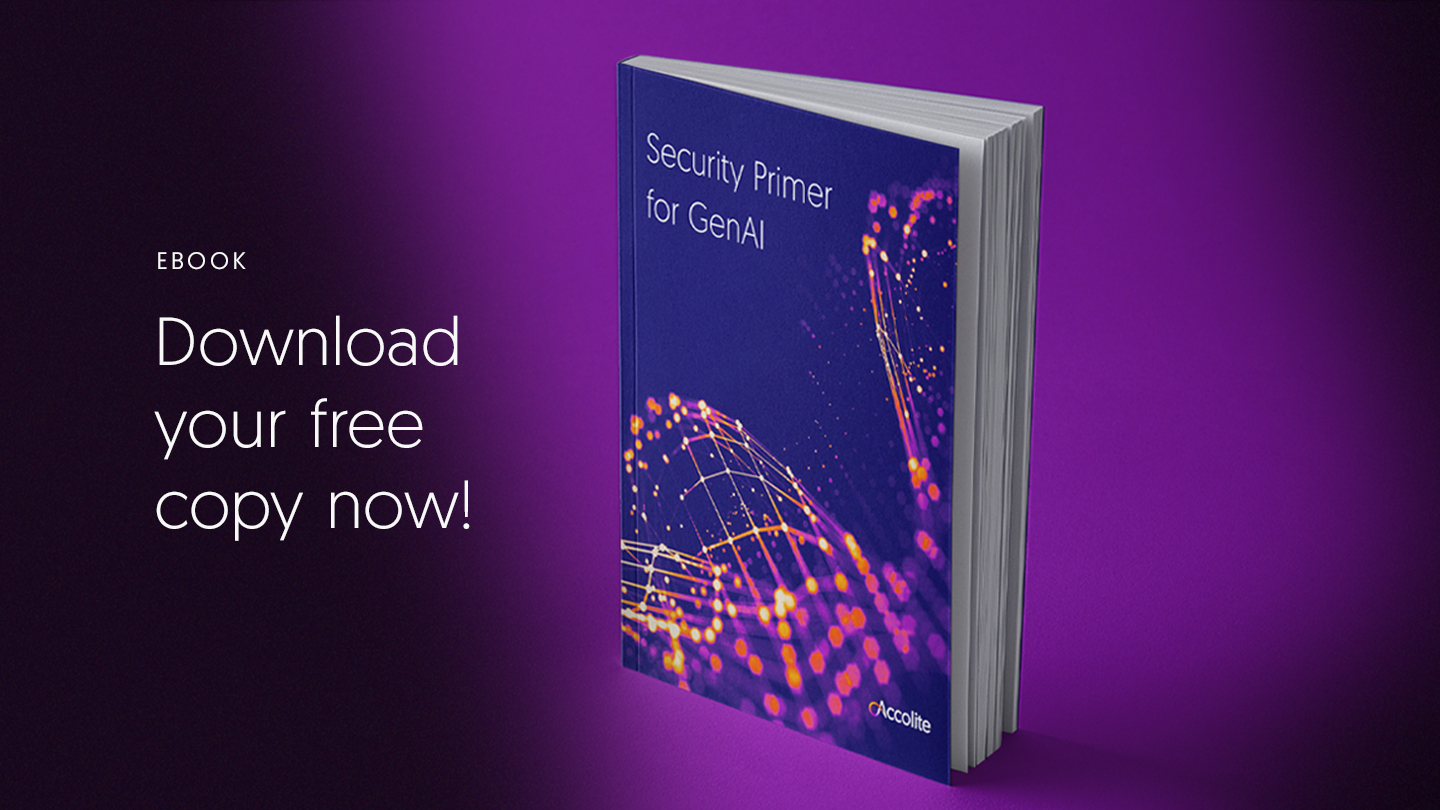OUR THINKING
Building Your Business Case for Cloud Migration

However, the many benefits we discuss in the previous blog make it a worthwhile task and a necessary business expense for a smooth, secure and successful digital transformation. Let’s take a look at how you can build a business case that allows you to capitalize on the financial advantages as well as the technological benefits of being on the cloud.
The Total Cost of Ownership (TCO) of moving to the cloud includes a variety of costs such as the monthly price of being on the cloud, the cost of IT and trained staff required to run it, as well as the physical and cloud security measures required. Moreover, assessing whether your business is ready to “sprint” towards a culture of agile innovation is also key to calculating the TCO. This is why it’s important to consider the unique opportunities and challenges of being on the cloud, especially those that resonate with your business needs.
Choosing the right “R”
The six pillars of the AWS Well-Architected Framework we previously discussed can help guide your assessment of business priorities. The framework provides a consistent approach to evaluate your business’ unique needs and to migrate to the cloud with an efficient, secure, resilient and high-performing infrastructure. By determining which of the pillars are most important to your organization, you can build a case that is specific to your business and generate incremental success.

The TCO depends on the migration or modernization route you choose. So, the first and most important factor to consider is which of “the four R’s” your business will be adopting. Are you in a physical data center planning to move onto the cloud? Rehost, also known as lift-and-shift, is a low-risk option you could opt for. However, if you’re already on the cloud and want to continue building on it, rebuild and refactor are the routes that could help you get there. The subsequent blogs discuss each of the R’s in more detail to help you make the right call depending on where your business is in its cloud journey.
If you’re planning to rehost, using a Migration Evaluator can help you estimate a TCO and build a business case accordingly.
Cultivating a culture of innovation
Analyzing your work culture and staff readiness is important to building a business case that assesses whether your organization is ready for a two-week agile model. One way to do this is through AWS GameDay. A fun, hands-on, risk-free exercise, GameDay enhances team collaboration and preparedness by simulating worst-case scenarios to identify performance gaps and train staff. We discuss GameDay in more detail in this blog.
There’s no denying the fact that it’s extremely beneficial to hire experts. However, hiring your own builders to co-create alongside experts like ours, at Accolite, is important to building cloud agility and enhancing preparedness. This is another important expense to take into account when building your business case.
Accelerating cloud agility

For larger, more complex migrations, the AWS Migration Acceleration Program (MAP) can help accelerate your cloud migration/modernization process. As a proven AWS partner, Accolite is a part of MAP and together with AWS, we’ve come up with a set of best practices, tools and expertise needed to ensure a smooth and efficient cloud transition. We use DevOps and site reliability engineering to work closely with clients and craft innovative cloud focused solutions to their complex business problems.
We provide an in-depth MAP Assessment that can help you determine the TCO as your business prepares to move to the cloud. Get in touch with a Accolite architect to see if a MAP Assessment is the right fit for your cloud needs.
Still unsure of which one of the four migration and modernization routes your business should take? Check out these detailed blogs on rehost, replatform, refactor and rebuild to help make your decision.



